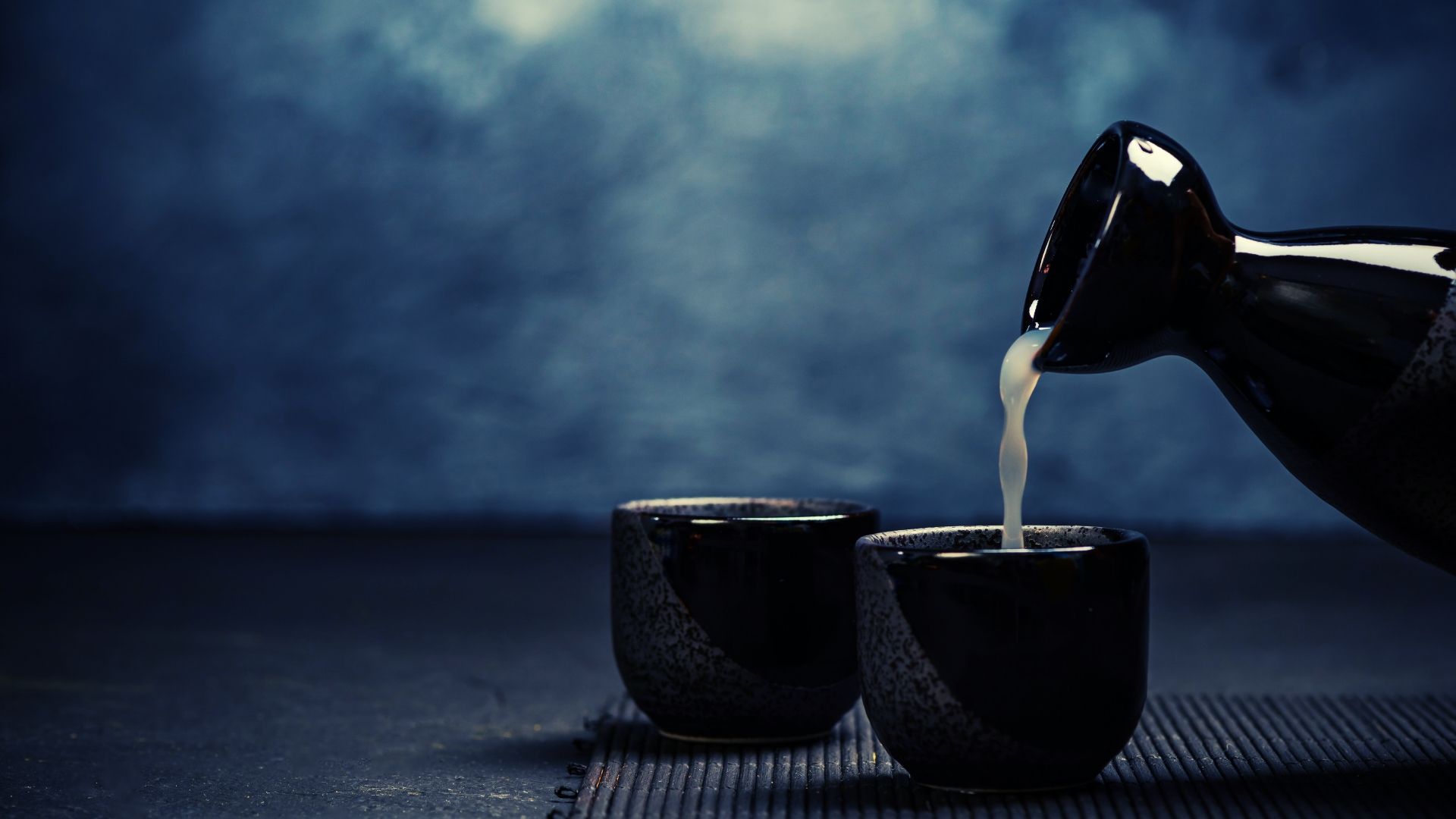Le Comptoir Inari est en maintenance
La société Le Comptoir Inari ferme. Le site, lui, ne va pas fermer mais sera mis en pause un certains temps, pour revenir avec des idées neuves.
Je vous remercie pour l'intérêt que vous avez porté pendant ces 2 ans et j'espère pouvoir vous dire à bientôt.
Nicolas GLAUSER.
